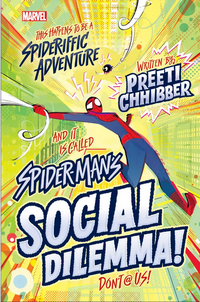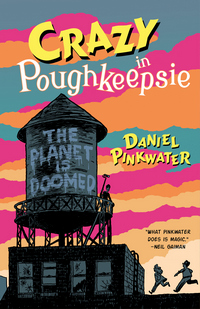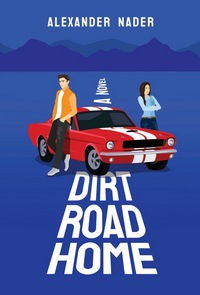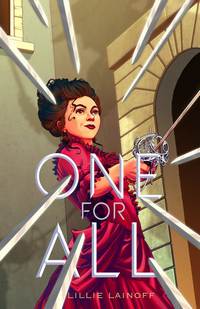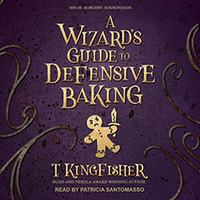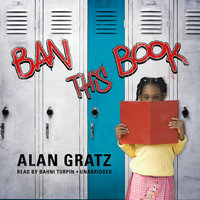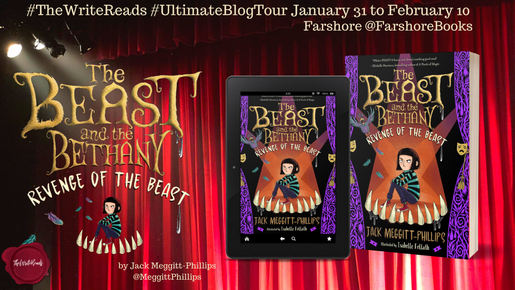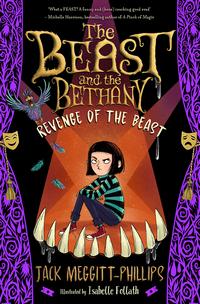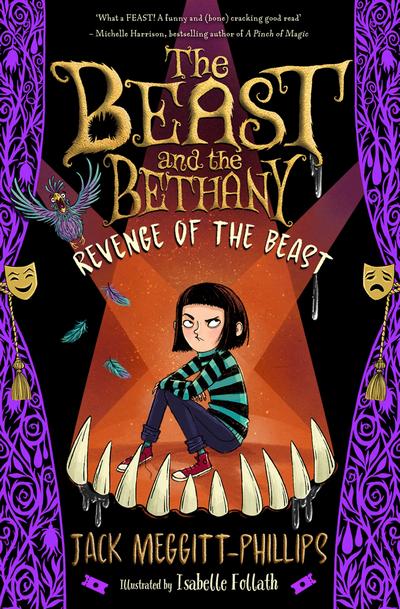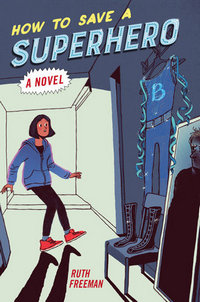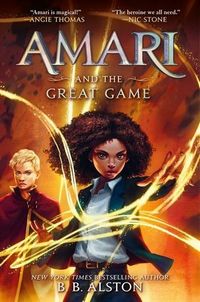 Amari and the Great Game
Amari and the Great Game
by B. B. Alston
DETAILS: Series: Supernatural Investigations, Volume Number 2 Publisher: Balzer + Bray Publication Date: August 29, 2022 Format: Hardcover Length: 423 pg. Read Date: October 4-5, 2022

“Amari,” says Maria. “It’s not your job to save the world every summer.”
“I don’t have a choice!”
What’s Amari and the Great Game About?
Amari has spent the last school year looking forward to one thing: it being over so she can go back to the summer program for the Bureau of Supernatural Affairs. Not only will she have the chance for regular contact with her brother, but it’s at the Bureau that she has found purpose and a place. She’s eager to start the second summer of training as a Junior Agent and whatever work she’ll get to do in that role.
But the day before that summer is supposed to start, something happens that reignites anti-magician rhetoric and sentiment. So much so that the new Head Minister bans her from the summer program. The PR surrounding that is decidedly bad, so Amari is admitted, but the ban is just the beginning of her problems.
Magicians and people with similar profiles are under the microscope, however, and those in power are engaged in all-out persecution–because of their reputations and records, Amari and Maria are spared this. At least overtly.
Meanwhile, Amari is given the opportunity to fill an office with the League of Magicians that would put her in charge — because of her age, she doesn’t think she’s right for the position and passes. She’s not who anyone should be looking toward if it comes to war against the Bureau. But when the opportunity passes to someone else — someone who needs to be kept away from it — she steps up. Starting the Great Game — a series of challenges where these candidates face off against each other for the role.
Amari decides she has to clear Magicians of responsibility for the event that kicked off this new wave of harassment as well as compete in the game. She has to play the game on her own, but she’s going to need the help of her friends and allies (including one very unexpected ally) to pull everything off.
So, what did I think about Amari and the Great Game?
I think Middle Grade readers are going to have a ball with this–it continues the fun and voice of Amari and the Night Brothers, raises the stakes, and includes some great moments for Amari’s friends as well as for Amari. Alston’s able to address misinformation/”Fake News”/propaganda and prejudice in effective and age-appropriate ways while telling a rollicking story.
For me, and I think others who fall out of the demographic will have a similar reaction, this isn’t quite the experience the previous book was. It really felt like Alston was cherry-picking elements from similar MG series and mashing them up into this. If you’ve ever wondered, for example, what a hybrid version of Dolores Umbridge and Rita Skeeter would be like, this book will show you. If you can read the Great Game segments and not think about The Tri-Wizard Cup, you’re a better person than I am. I’ve only mentioned Potter references, but to me, the whole thing had more of a Percy Jackson-vibe.
Readers better versed in MG Fantasies might have other parallels to offer, too. And there is nothing wrong with this–authors do this all the time, and I enjoy seeing the results. Stories lift elements from others because they work well and people enjoy them (and/or they need to be skewered). Outside of parodies, I prefer not to see the influences quite as easily as I did here. But…and this is an important point…a dude pushing 50 is going to read this differently than Alston’s target audience is going to. He shouldn’t be writing to please me.
I did enjoy this–and can’t wait to see what comes next. I wasn’t prepared for the way this book wrapped up, but think it was a great choice on Alston’s part. I really like the way he’s developing the characters as well–both individually and in their relationships with each other. Yes, I’ll go into Book 3 with lower expectations than I went into this book with (I think that’s because the first novel was just that good)–but I’ll be towards the front of the line to read it when it comes out.

This post contains an affiliate link. If you purchase from it, I will get a small commission at no additional cost to you. As always, the opinions expressed are my own.
![]()



